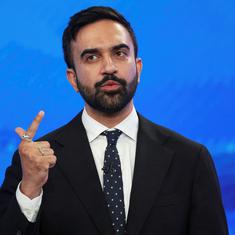When India achieved independence, it had an unusual dual political structure. On paper it was a federal union: most states were the size of large countries, with their own histories and cultures. At the time, however, almost all of them as well as the federal government were ruled by one entity: the Congress.
Seven decades later, in 2023, as Indian federalism has matured, almost the opposite situation prevails. While a single party rules in New Delhi, its presence in the states is sparse. In fact, even this limited presence is due, in part, not to electoral victories wins but through using its Central powers over governors and engineering defections in ruling opposition parties.
State of the Union
With the loss in Karnataka, this trend becomes even starker. While the Bharatiya Janata Party might rule in New Delhi with an iron fist, it controls only a minority of India’s population in the form of state governments. Moreover, it is completely absent from the Southern states, underscoring the stereotype of the BJP as a North Indian party.
The Indian Union has 30 Assemblies (28 states and two Union territories with legislature). After the Karnataka defeat, the BJP is now in power only in half of these: 15.
However, of these, only seven are major states with populations more than 1 crore. Using 2011 Census figures, only 45% of India’s population is ruled by a BJP government.
Federalism check
However, even this figure does not capture the true weakness of the BJP in India’s second tier. Two major states in this – Madhya Pradesh and Maharashtra – have BJP government not because the party won elections but due defections it engineered to pull down governments. The BJP was able do this since it controlled the Centre. Without these states, the BJP’s share would have dropped below 30%.
One result of this is that federalism is one of the few limits on the BJP’s power in the Modi age, even as the party has run roughshod over almost all other traditional checks.










